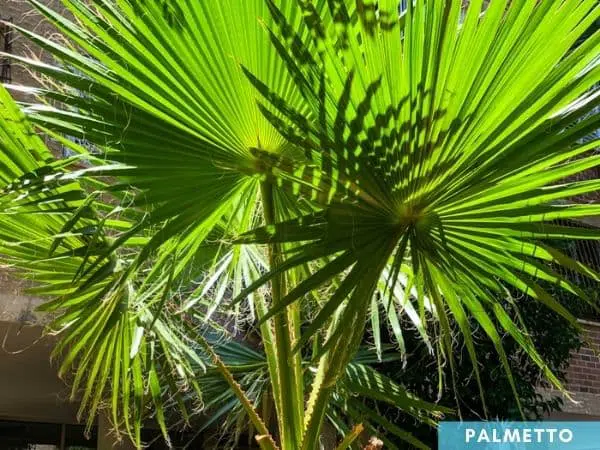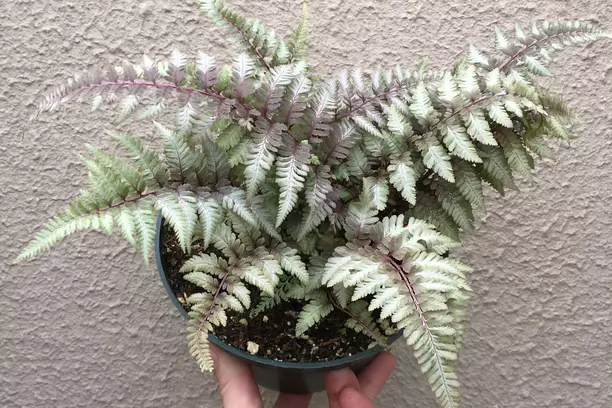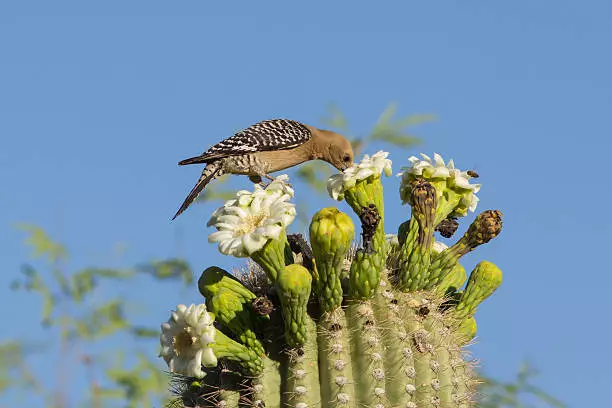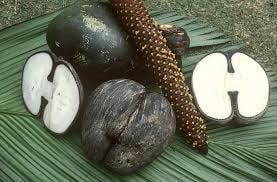You might find many similarities between palm trees and palmetto trees but the trees are inherently different in their make, size, and biology. It can seem difficult to distinguish between these two types of trees, but you can quickly tell them apart by observing leaves, height, and growing conditions to correctly tell palmettos from palms.
Is palmetto a palm tree?
Palmetto trees are not palms even though they belong to the same family of plants called the Arecaceae family, grow under similar conditions, and are often considered subgroups. However, they have differences in their genus and species classifications.
Palmetto vs Palm tree – differences
Here’s a summary of key differences between palmetto and palm trees:
| Palmetto Tree | Palm Tree |
| Palmetto trees grow to about 30 ft | Palm trees grow to about 60 ft. |
| Trunks grow horizontally | Trunks grow vertically |
| Fan-shaped leaves | Feather shaped leaves |
| Berry sized fruits | Heavy and Large-sized fruits |
Height
You can distinguish between palmetto and palm trees by looking at their height. Palmetto trees are shorter compared to different types of palm trees. The average height of a palmetto tree is between 30 ft and 60 ft, whereas the average height of a palm tree is about 75 ft.
RELATED: TYPES OF PALM TREES THAT ARE GOOD FOR INDOORS
Trunk structure
Palm trees have long elongated trunks that amount to over ¾ of the plant’s total weight. These trunks also grow vertically from the ground to reach incredible heights. Palmettos, on the other hand, grow horizontally and are much shorter.
Leaf structure
You can also use leaf structure to distinguish palmettos from palm trees. Palmetto leaves are much broader compared to palms. Another difference lies in how individual leaves club together to form stems. Palms have thin spinny leaves that form horizontally from a stalk in the shape of a feather while palmetto leaves clump together at the base and spread outward in the shape of a fan.
Flowers and fruits
An easy way for you to distinguish between both sets of trees lies in their fruits. Most palms produce large and heavy fruits such as coconuts while palmettos produce smaller berry-sized fruits.
Growing conditions
Palm and palmetto trees grow primarily in tropical and subtropical conditions. You can find them in coastal states such as South Carolina, and California, and respective cities lining the streets and beaches.
However, unlike palm trees, palmettos prefer growing under larger plants (which explains the need for broader leaves to capture sunlight).
Palmetto tree identification
Palmettos develop fan-shaped leaves and can grow up to 24 meters tall. The trunks are water-resistant while the buds are tender and edible. For saw palmettos, growth is slow as the tree clumps and produces multi-trunked palms. It can grow 5 to 10 feet tall and spread 4 to 10 feet wide.
What do Palmetto trees look like?

You can quickly tell whether a tree is a palmetto or not by looking at the physical features of the plant. For instance, palmettos are much shorter compared to other similar-looking trees.
Palmetto trunks don’t contain wood. Instead, they have a solid fibrous material that helps them withstand strong wind gusts without breaking. You can tell by their lack of a woody stem (including the annual rings familiar with large trees) that palmettos are also monocots. Most monocots also have a fibrous root system with the roots horizontally spread away from the tree’s base.
RELATED: HOW DEEP DO PALM TREE ROOTS GROW
Another aspect to look at includes the leaf size and structure. If you find a plant whose leaves form from a central point and fan out individually (more like the palm of your hand), the plant is more likely a palmetto.
Types of palmetto trees
There are lots of palmetto tree species on the globe. Although they may share some core characteristics, you may find distinguishable differences between individual species. Some variations include differences in height, no. of leaves, types of fruits, etc.
Here are some of the more common types of palmetto trees:
| Type of Palmetto Tree | Identification |
| Sabal Palmetto | These Plants are common in Florida and other coastal cities. They are larger and taller than most palmetto trees, reaching heights well above 50 ft. |
| European Fan Palm | Often mistaken for palms, these trees are native to Europe and Mediterranean climates. They are medium-sized, with broad fan-shaped leaves. |
| Windmill Palm | Native to China and Japan, it grows moderately large and can reach heights exceeding 30ft. The plant is one of the hardiest species of the group, able to accommodate considerable temperature changes. |
| Bismark Palm | Native to Madagascar, the plant gets its name from the German chancellor Otto Von Bismark. Features a moderate height (about 40ft) and is easily recognizable because of its large fan-shaped leaves |
| Mexican Palmetto | The plant is native to Mexico and features dominantly in the US, Europe, and the Mediterranean region. A rather tall plant with a thick base and reaches heights well over 40ft |
| Dwarf Palmetto | Dwarf palmetto is a very short plant with maximum heights under 30ft. The popular choice for people wanting to plant trees in their backyards. |
| Saw Palmetto | It has lots of spines that give it the characteristic “saw” name. Short plant with broad leaves. |
Note: People commonly misclassify palmettos as palms. (You might find some palmetto species wrongly classified as palm trees despite the stark differences between the two).
What fruit grows on palmetto palms?
Palmettos are fruit-producing plants. They regenerate by producing small berry-like fruits during the fall months (between September and October). At the onset of spring, the plant produces clusters of white flowers that attract insects and bees for pollination.
Once fertilized, the flowers harden to form numerous coffee-sized fruits that fall to the ground when ripe. A single plant can produce over 500 fruits during a single season, though the production steadily declines as the season progresses.
Some of the fruits are edible. Animals and birds enjoy eating these fruits during peak months. Palmetto seeds have a hard covering that can block the germination process. Experts believe that some species depend on animal digestive tracts to disperse and prepare the seeds for germination.
Palm tree identification and characteristics

Palms are tall, barkless trees that feature dominantly along with coastal areas. You can also find palms growing in deserts and some high-altitude areas. These plants are very tall, with thin spiny leaves located at the top.
Palms do well in hot tropical areas and produce fruits such as dates, coconuts, etc. Date palms and coconut trees are the most popular palm tree varieties. They also share lots of traits with their close cousins, the palmetto trees, with crucial differences in their leaf structures and height.
You can find different species of palm trees growing in most areas of the globe. These plants are extremely salt resistant and can grow in regions with limited nutrient quantities in the soil. However, most palm trees don’t do well in cold, icy climates. Species such as the Everglades, Queen, and Lady’s palm can tolerate cold weather for a limited period.
Unlike other types of trees, palms are evergreen. They don’t shed their leaves at any time. The average lifespan of a palm tree ranges from 70 yrs to over 100 years, and the height can reach well over 100 meters depending on the tree species and supporting growing conditions.
Some varieties of palms are relatively short. For instance, the Dypsis minuta reaches an average height of about 12 inches when fully grown. People prefer having palms as decorations in their homes, outdoors, or within their streets.



